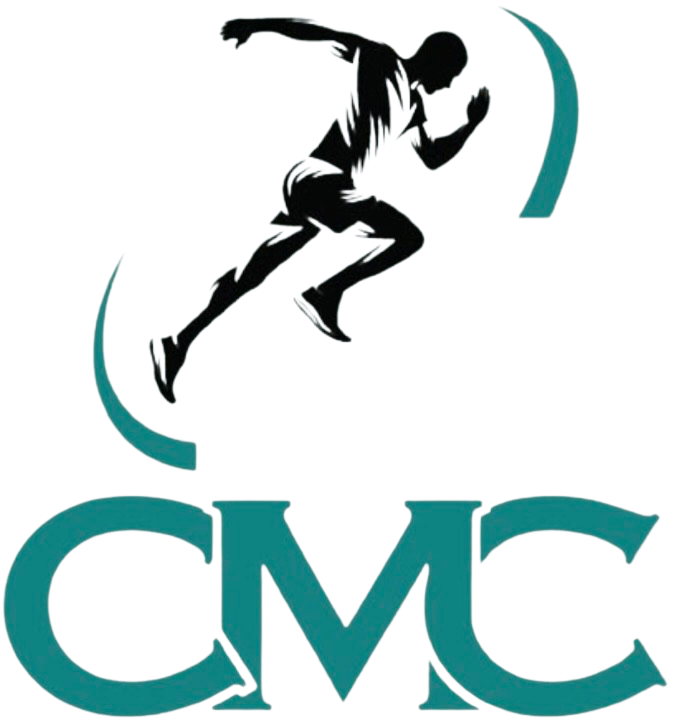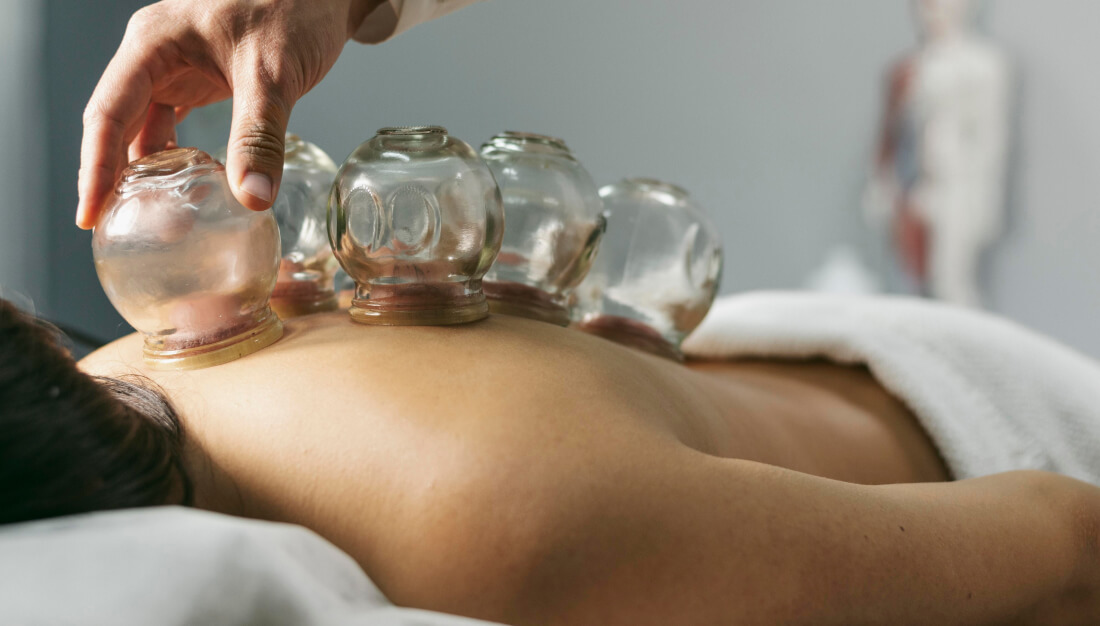Hijama, also known as cupping therapy, is an ancient healing practice that has been used for thousands of years across various cultures, including Islamic, Chinese, Egyptian, and Greek medicine. This holistic treatment involves creating a vacuum on the skin using cups, which is believed to help improve blood flow, relieve pain, and promote overall well-being.
In recent years, Hijama has gained popularity in the West, as more people seek natural therapies for pain management and stress relief. If you’re considering trying Hijama for the first time, it’s essential to understand what it entails, the benefits it offers, and how to prepare for your session.
What is Hijama?
The word Hijama (Arabic: الحجامة) comes from the root word hajm, meaning “to suck” or “to draw out.” In the practice of Hijama, cups are applied to the skin and a vacuum is created, either by heating the cups or using a suction pump. This vacuum draws the skin and underlying tissue into the cup. In some cases, small incisions are made on the skin before the cups are applied, and the process is known as “dry cupping” or “wet cupping” (Hijama with bloodletting).
The main objective of Hijama is to stimulate the flow of blood and energy throughout the body, help with the removal of toxins, and promote healing. The practice is rooted in the concept of balancing the body’s qi (life force or energy) in traditional Chinese medicine, and humors in ancient Greek medicine. In Islamic tradition, Hijama is also viewed as a recommended Sunnah, a practice that was endorsed by Prophet Muhammad (peace be upon him), who is said to have undergone Hijama himself.
The Health Benefits of Hijama:
Hijama is believed to offer a wide array of health benefits, which is why it has remained a popular therapy over millennia. Some of the most commonly cited benefits include:
1. Pain Relief
Many people use Hijama for pain management, particularly for conditions like chronic back pain, joint pain, and muscle tension. By stimulating blood circulation and relaxing tight muscles, Hijama can help alleviate discomfort and promote faster healing of soft tissue injuries. It is commonly used to treat conditions such as:
- Arthritis
- Sciatica
- Headaches and migraines
- Muscle strains
- Sports injuries
The vacuum created by the cups helps to reduce inflammation and enhances the body’s natural healing processes, often leading to significant pain relief.
2. Improved Blood Circulation
One of the core benefits of Hijama is its ability to enhance blood circulation. The suction from the cups helps draw blood to the surface of the skin, which in turn can increase oxygen and nutrient delivery to tissues and organs. This improved circulation is thought to promote healing and better function of the body’s systems.
3. Detoxification
Hijama is believed to assist in detoxifying the body by drawing out impurities and toxins. During a wet cupping session, small amounts of blood are drawn from the body through the incisions made on the skin. It is thought that this blood contains toxins that the body no longer needs, and by removing it, the body is able to maintain a cleaner internal environment.
4. Stress Relief and Relaxation
Cupping therapy is known to promote relaxation by reducing muscle tension and stimulating the release of endorphins, the body’s natural painkillers. This can lead to a reduction in stress levels, promote a sense of calm, and enhance overall mental well-being. Many individuals report feeling deeply relaxed and rejuvenated after a Hijama session.
5. Improved Skin Health
Hijama is believed to help improve the condition of the skin by promoting circulation and detoxification. It is often used as a treatment for acne, eczema, and other skin conditions. The therapy is said to encourage skin regeneration by bringing nutrients to the surface, which can help reduce the appearance of blemishes, scars, and other imperfections.
6. Enhanced Immune Function
By improving circulation and supporting the removal of toxins, Hijama is thought to help strengthen the immune system. The body becomes better equipped to fight off infections, recover from illnesses, and maintain general health. Some studies suggest that Hijama can increase the production of white blood cells, which play a key role in the immune response.
7. Relief from Respiratory Issues
Hijama has been used to treat respiratory conditions such as asthma, bronchitis, and congestion. The therapy is thought to help open up the airways and improve lung function by increasing blood flow to the chest area. It is also believed to help expel mucus and toxins from the lungs, providing relief from symptoms.
How Hijama Works: The Process
The Hijama session typically follows a systematic process. It begins with an initial consultation where the practitioner will assess your health history and determine the appropriate treatment for your condition. Here’s an overview of what you can expect during a typical Hijama session:
1. Preparation and Cleansing: The practitioner will cleanse the area of your body that will be treated. This ensures a sterile environment and reduces the risk of infection.
2. Placement of Cups: The practitioner will place small glass, bamboo, or silicone cups on specific areas of your body, such as the back, neck, shoulders, or arms. Depending on the treatment, they may apply a vacuum either by heating the cups or using a mechanical suction device.
3. Duration of Suction: The cups will stay in place for about 5 to 10 minutes. During this time, you may feel a mild pulling or pressure sensation, which is usually not painful. For wet cupping, the practitioner may use a sterilized needle or blade to make tiny incisions on the skin before reapplying the cups to draw out small amounts of blood.
4. Post-Treatment Care: After the cups are removed, you may experience some redness or bruising in the treated areas, which is completely normal. This is due to the increased blood flow and suction, and it typically fades within a few days. You may also be given aftercare instructions, which might include avoiding strenuous activities, drinking plenty of water, and refraining from hot showers for a day or two.
Hijama is a time-tested healing practice with numerous potential benefits for the body and mind. Whether you are seeking relief from chronic pain, stress, or simply want to experience a natural detox, Hijama may offer a valuable therapeutic option. By understanding the process, benefits, and how to prepare for your first session, you can approach this treatment with confidence and maximize its potential for improving your health and well-being.
As with any therapy, it’s essential to seek a qualified professional and ensure that Hijama is appropriate for your specific needs. With the right preparation and guidance, Hijama can be a valuable addition to your wellness routine, offering both physical and mental rejuvenation.


